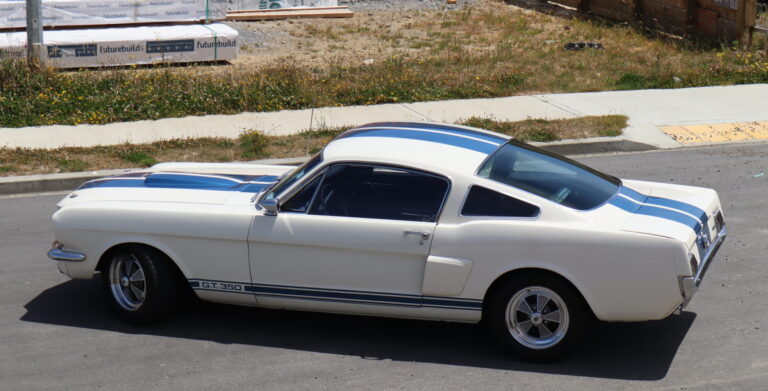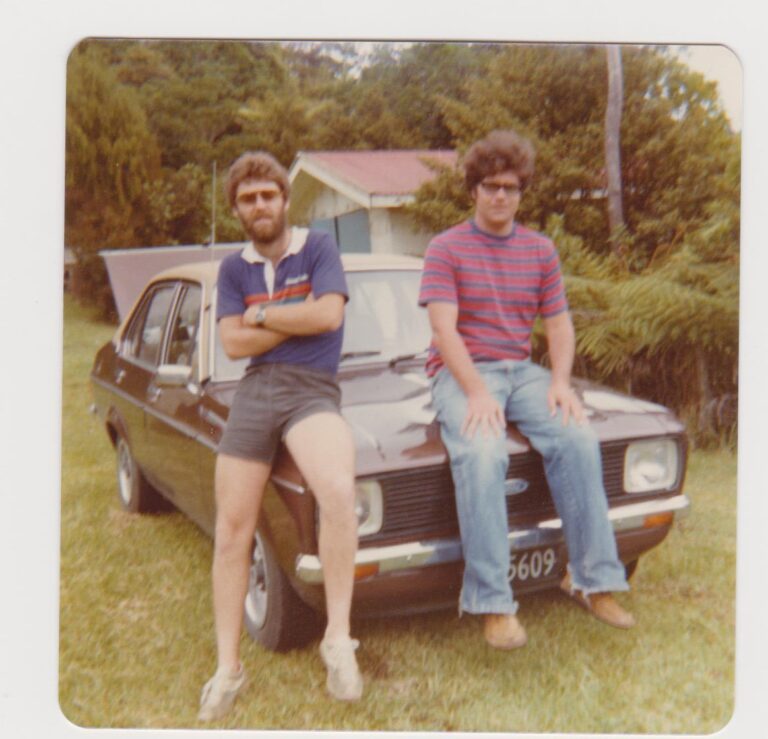
Ford have marked the end of FPV in style with the recent release of the GT F — F standing for final.
As we reported a few months back, the cars would feature design cues inspired by high-performance Falcons of days gone by. Besides that though, information available prior to the vehicle’s launch was minimal.
We can now report that they run a 351kW version of the supercharged five-litre Coyote motor, the capacity a nod to the 351 Windsor V8s of old. The extra power over the 335kW engines found in other FPVs comes care of a retuned ECU.
While Ford haven’t provided any 0–100 times, with the vehicle’s built-in launch control system and wide rear tyres, we’d expect it to hit the magic number in the high four-second zone. While that may be slower than its main rival, the 430kW HSV GTS, it still makes for a seriously rapid performer, and the quickest sedan Ford have ever offered.

The vehicles feature a ‘unique to FPV’ driver-optimizable suspension setup, which according to FPV Chief Program Engineer, Peter de Leur, “allows for a performance upgrade without impacting the all-round drivability of the car”. He goes on to say, “We were also able to add things like rear camber bolt adjustment on the rear suspension so it can be adjusted for track days, if a customer wishes.
“Our goal was to create the best vehicle we could; a vehicle that pays respect to Ford GTs of old yet celebrates all that is good about Ford’s performance credentials.”
In terms of exterior, the cars feature gloss black ‘racoon eyes’ as per some earlier version FPV products along with matching black door handles, wing mirrors, and rear diffuser. The black bonnet and roof stripe is reminiscent of that found on the bonnet of XW GT Falcons of 1970. This is a theme carried over to the interior, where orange stitching has been used, again a feature used in the XW GTs. Besides the custom embroidered seats and interior badging, the built-in colour display screen features a series of digital gauges including a G-force meter.
Just 500 of the cars will be produced, 50 of which will head to New Zealand and are apparently all sold. There’s also a limited run of 120 Pursuit Utes being made, which run a 315kW version of the same naturally aspirated engine available in previous FPV utes.


